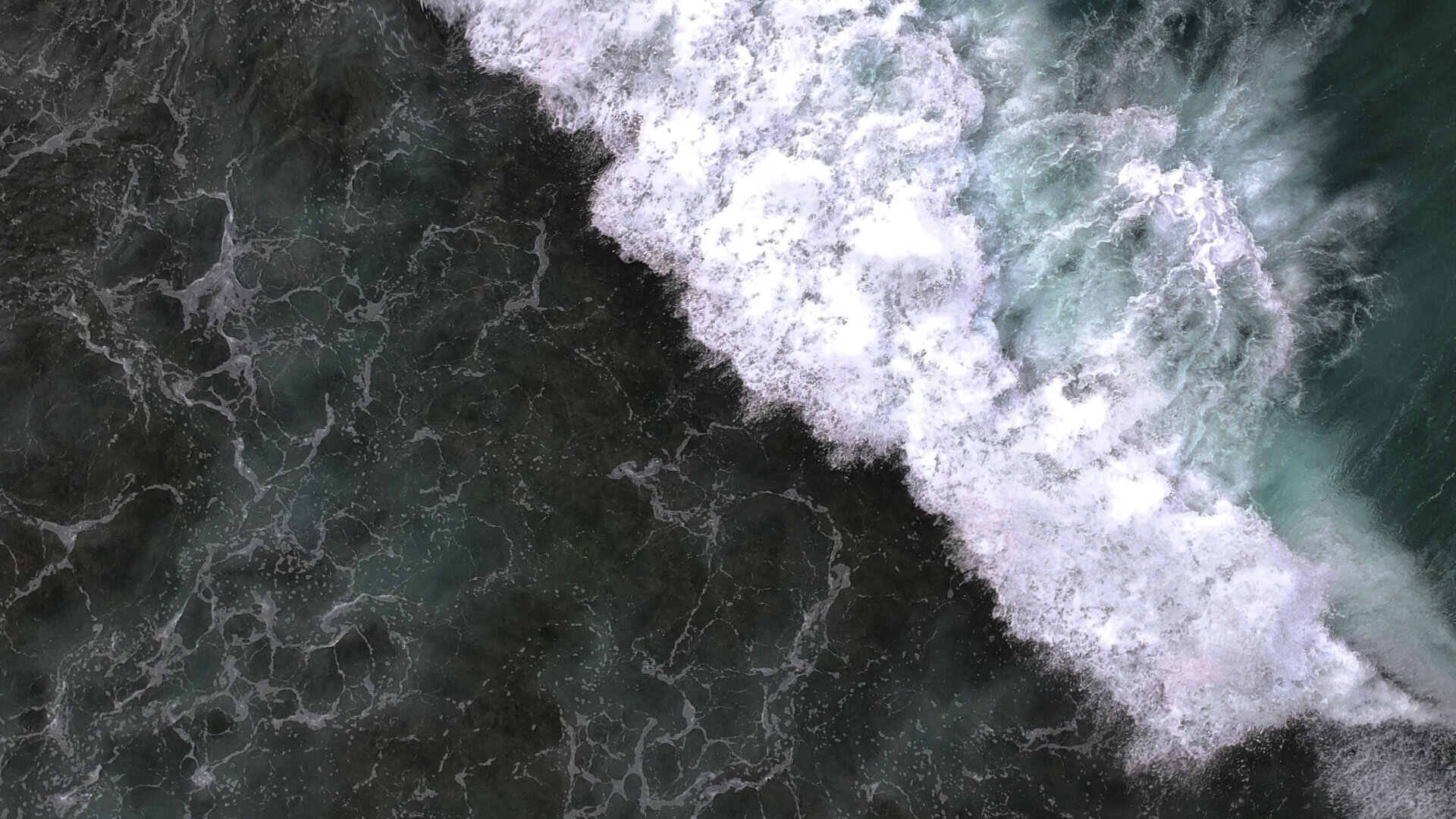
Guest blog: Xxx on Project Vesta’s coastal carbon capture
My name is xxxx and I am lucky enough to work as xxx for Project Vesta, an endeavour to remove carbon from the atmosphere by spreading an abundant mineral, olivine, in coastal areas. As olivine is ground down by the Earth’s natural wave energy, it dissolves, sequestering carbon dioxide. Over time this turns into limestone trapping carbon at the bottom of the ocean, and offering a real solution to climate change.
July 1, 2021
I’m dedicating my days to a natural process called coastal carbon capture. It has been happening for billions of years, without the need for human intervention. But, as greenhouse gas emissions push our climate to a breaking point, we are working to speed up this natural cycle. Not only does this process sequester carbon, it also helps to combat ocean acidity, bringing hope to the marine ecosystems that are being decimated by ocean acidification.
At Project Vesta, I work with a unique team of outstanding scientists, experienced business people, and entrepreneurs. We are based off the coast of California and are working all together to bring coastal carbon capture into the world. Our work has to be grounded in rigorous science and we can never lose from sight that, while trying to solve the problem of climate change, we also need to care for and protect the marine ecosystems that are sustaining our planet.
“I work with a unique team of outstanding scientists, experienced business people, and entrepreneurs, working all together to bring coastal carbon carbon capture into the world.”
Because of the climate emergency, our objective is now to scale-up the project as quickly as possible. Last month, collaborators from around the world gathered on our testing site in the Caribbean to assess the safety of the process through a first round of sampling and testing.
With these first experiments, our team is measuring what the addition of olivine does to an existing beach ecosystem, quantifying the effects it has on both the acidity of the water and on the organisms in it. This pilot represents the first ever study of an artificially-created olivine beach.
The next step after that will be deploy olivine on multiple beach sites with varying characteristics, to test the safety of olivine on a range of marine ecosystem environments, as well as the optimal olivine dissolution rates with varying grain sizes. This will allow us to build an extensive dataset on the safety and weathering rate of olivine.
The Vesta team meeting in person for the first time last June, at the location of its pilot project.
At the end of this phase we intend to demonstrate that olivine is safe for marine environments and all creatures living off them. We will also have quantified and optimised the weathering process. With this we hope to have the arguments for larger-scale olivine deployments, over entire regions.
Project Vesta operates as a non-for-profit organisation and depends on donations to develop its work and pay its staff. You too can help turn the tide on climate change by donating to Project Vesta.


